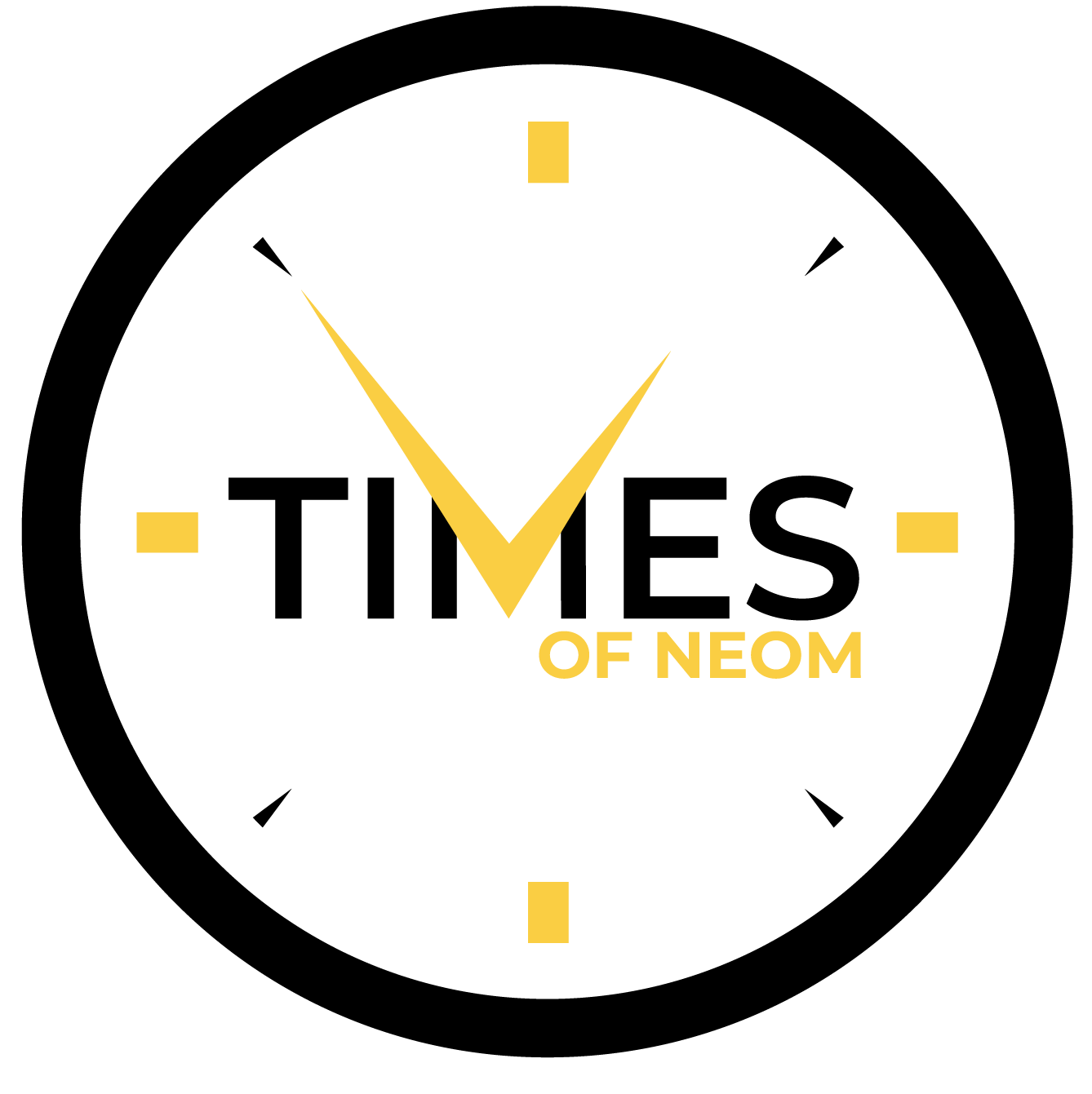
6 Tips for Investing in Yourself: Personal Development for Aspiring Entrepreneurs
May 4, 2014
From Idea to Launch: A Step-by-Step Guide to Starting Your Startup
September 29, 2023Blogging is a passion for many people out there. It is a medium for people to showcase their hobbies and interests in their own unique ways. Fortunately, people can make money by monetizing their blogs!
Many full-time bloggers even earn enough to make a living from just blogging. According to Moneymint, the top 10 most popular bloggers around the globe make about $25 million per year.
So, how to monetize your blog? In this article, we will discuss the 5 ways by which you can monetize your blog and earn a profit from your passion.
6 Ways to Monetize Your Blog
The following are the ways to monetize your blog:
Advertising
Advertising is one of the easiest ways to monetize your blog. Display ads are displayed on your blog and allow you to get paid based on how many clicks or reactions they get.
One of the most popular networks for ads is Google AdSense which lets you exhibit suitable ads on your blog through which you can get paid each time a viewer clicks on it.
Aside from such PPC ads, you can connect with various platforms and explore which platforms would be willing to promote their products, services, business, etc., through your blog. By doing so, you can charge these platforms to sponsor their ads on your blog.
33% of people engage with paid advertisements that answer their queries directly. The following are a few advantages of advertising:
- Quick results
- Profitable
- Simple to set up
- Greatly targeted ads
Some other forms of advertising include:
Video Advertising
In video advertising, video content promotes products and services to increase sales.
It is a very effective and proficient form of advertising because it’s much more attractive for customers as compared to just motionless images, and it’s more engaging.
Video advertisements are also more likely to be remembered than normal image advertisements. A study by Wyzowl showed that video content is preferred by 91% of consumers.
Recently, video advertisements have gained quite a lot of popularity and have become a favorable option among marketers for promoting their business. After all, the hype is understandable since video ads possess better speed, and they are much easier and quicker to utilize due to technical advancements online. Video marketing can be done on platforms such as:
- Youtube
- Tiktok
Youtube in particular is very popular with about 2 billion users so the customer reach is quite high. 90% of customers find out about new products and services on YouTube.
Native Advertising
Native advertising is paid advertising but that which seems to effortlessly and smoothly merge with a website or platform’s user experience as a whole in order to make it seem as though the content is genuine and unfiltered.
The whole point of constructing and placing ads in this manner, to make them look blended in and natural, is to make the customers enter and be intrigued.
This method of advertising has become quite known and adapted so brands and marketers can proficiently promote their products and services without repulsing consumers. A study found that native ads are viewed by customers 53% more often as compared to display ads.
Mobile Advertising
Around the world, 66.6% of people have mobile devices. Naturally, this gives way to the introduction of mobile advertising.
Mobile advertising is done through mobile phones and devices such as tablets, etc. Like mobile marketing, this form of advertising also makes use of SMS, banner ads on mobile websites, and so on to promote products and services.
Mobile advertising allows for a more personalized method of marketing. It provides customers with a more intimate experience by analyzing data in a way that connects with a user’s preferences, lifestyle, and interests.
With mobile advertising, brands can promote products and services relevant to their customers and be able to resonate with them more to increase sales, brand awareness, and relationships with customers.
Affiliate Marketing
In affiliate marketing, monetizing is done by charging a third party for promoting their products and services on your blog. Therefore, every time a visitor buys a third-party product or service through your website, you earn a commission.
eBay, Amazon, Daraz, and AliExpress, are just some of the widely known affiliate networks that offer products and services of various sorts. You can find various affiliate marketing programs that give 5%-50% commissions.
However, the most common commission rates are 20%–30%. Moreover, according to Glassdoor, affiliate marketers make an average of $59,060 per year. Affiliate marketing has various pros, such as:
- Less expensive
- Convenient
- No need for expertise
- Good income source
Here is a deeper intake on how affiliate marketing works:
Affiliate Relationship
The first step in affiliate marketing is to build an affiliate relationship. In this step, the affiliate join’s a vendor, trader, or shopkeeper’s affiliate program. It could be any sort of merchant.
Once the affiliate is entered and accepted into the program, they are given accessibility to a particular interface or network that is unique to the affiliate.
Generally, this consists of referral codes or customized tracking URLs.
Promoting
Once a partnership has been established, the affiliate and merchant work together for their benefit. In this case, you are the affiliate. You will have to contact a merchant that looking to promote their products and service, build a trustworthy relationship, and promote their products on your blog,
After you have been given access to the unique tracking links and referral codes, you can start promoting the products and services of the vendor, on your blog. While promoting, you will have to insert the aforementioned links and codes on your blog and when users click on those or use the code, they will be connected back to the website of the vendor.
This method also permits the vendor to specify sales and activities back to the affiliate.
Commission
After you have promoted the vendor’s products and services on your blog using the codes and links, naturally, you will have generated leads for the vendor and boosted sales.
The vendor will be able to specify your contribution to sales thanks to the links and referral codes.
As a result, the merchant will pay you for every sale, click, or conversion that leads back to the merchant.
Sell Products and Services
If your blog is focused on a specific niche, you can monetize your blog by selling products relevant to the concept of your blog. For instance, you sell fashion-related products, like clothes or accessories, if your blog centers around fashion.
Similarly, if your blog is academic-related, you can sell books or guides. Likewise, you even offer services related to your blog’s niche, and then you can charge your subscribers for it. Here are some products and services you can sell and promote on your blog:
- Artworks
- Games
- Merchandise
- Photography services
- Freelance services
Digital profits are significantly easier to sell as well and even have less overhead. They prove to be an excellent choice for bloggers to sell and promote. They can sell repeatedly as well.
Courses
Creating and selling courses online is another way of getting your blog monetized.
If you’re well-versed in a certain area, you can teach a course. You don’t necessarily need to be a professional to teach a course. As long as you know better than most people (your viewers) and you can efficiently explain the relevant information, then offering courses can be a piece of cake. For example, if you know how to cook, provide a detailed and helpful guide to various recipes. Some courses you can offer are:
- Content writing
- Business courses
- Graphic designing courses
- SEO courses
Email Marketing
Email marketing is another way of monetizing your blog. By creating an email list, you can communicate and connect with your audience, keeping them updated about the latest content, products, and services.
You can get emails by getting viewers to subscribe to your content in exchange for stuff, like a discount on a product or a free opportunity for service.
Once you build your subscribers and email list, you can promote your products and services regularly.
Email marketing is said to be about 40 times more effective than social media marketing, and email is used as a primary lead generator by about 89% of marketers.
Here are some reasons why you should adopt email marketing as a monetizing strategy:
- Cost-friendly
- Connect with your subscribers better
- Time-saving
- Real-Time Marketing
Paid Membership Plan
As you start your blogging journey, there may come a time when you become quite known— by using the right strategies, that can happen sooner than later.
When you do become known in the online blogging community, you will naturally have a certain amount of website traffic. This marks the perfect time to start monetizing your blog.
One way to do so includes introducing a paid membership plan. Subscriptions to paid membership plans are quite popular with the subscription economy predicted to grow as high as $1.5 trillion by 2025.
If you’re confident that you have enough traffic and customers on your website, with frequent customers on a regular basis, then a paid membership plan is a good idea to earn some profit from your blog. Here are a few things to remember when monetizing your blog:
- You should create special, high-quality, and unique content, one that contains special material for “special” viewers. This entices audience members and makes them curious to find out what new, special material you have planned.
- You ought to create enough excitement so that customers will be willing to pay for this special content. You should also offer special incentives to customers who subscribe to your membership plan. This can include personalized, exclusive content that is relevant to each customer, different levels of memberships, and so on.
- It’s also important to promote your membership among your audience to garner more members. You can do so by promoting this plan on your social media, or email marketing, partnering with other, known bloggers or influencers for promotion, and of course, promoting it on your own blog. Membership plan promotions are done using paid ads by 53% of businesses.
Once customers do start paying for a membership to this content, you will have successfully monetized your blog. A membership plan strategy is more worthwhile than it may seem. This strategy allows for increased revenue, enhances engagement among your audience, strengthens networking, and makes customers feel a sense of belonging and familiarity. As a blogger, it also makes you more credible and reliable among your customers
Such membership plans make customers feel a sense of belonging. As though they are part of a special community— which is quite true. After all, it becomes your duty to provide these customers with what you promised so as to make their time and money worthwhile.
Conclusion
Monetizing your blogs is an effective way of generating income and even expanding your audience and traffic. It may be overwhelming to decide how to monetize your blog and act upon various methods.
However, by focusing on your unique niche, creating engaging quality content, and connecting with your audience regularly, you can be easily motivated to build your blog, which can further motivate you to monetize it.
With enough devotion, focus, and consistency, you can get your blog monetized and turn your passion into profit!
FAQs
How can a blog generate profit?
Blogging can generate profit when you get it monetized. This can be done through advertisements, various types of marketing, selling products and services, and so on.
What do you need to be able to get your blog monetized?
To get your blog monetized, you need to have at least a thousand views per month on your blog so that you can actually implement monetization strategies like paid advertisements.
Should businesses adopt blogging?
Blogging can prove beneficial for businesses since it aids in improving your brand’s image, enhancing brand awareness, and ultimately boosting traffic on your website.
What is affiliate marketing?
Affiliate marketing refers to when 3rd party publishers earn a profit by promoting another brand’s products or services on their website or platforms. The profit earned depends on how much web traffic and sales are generated through their promotion.




